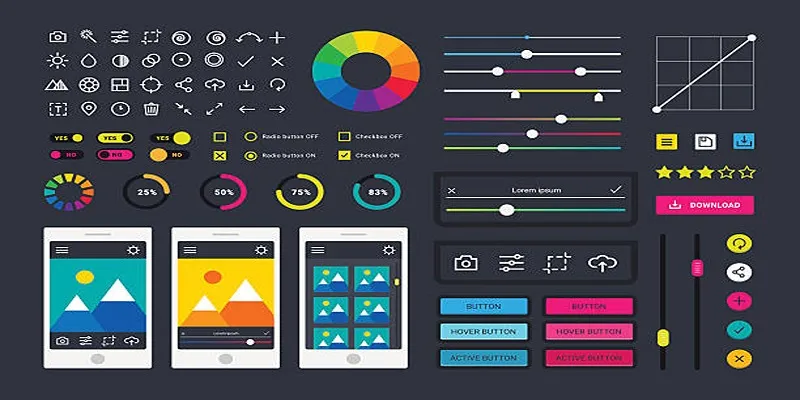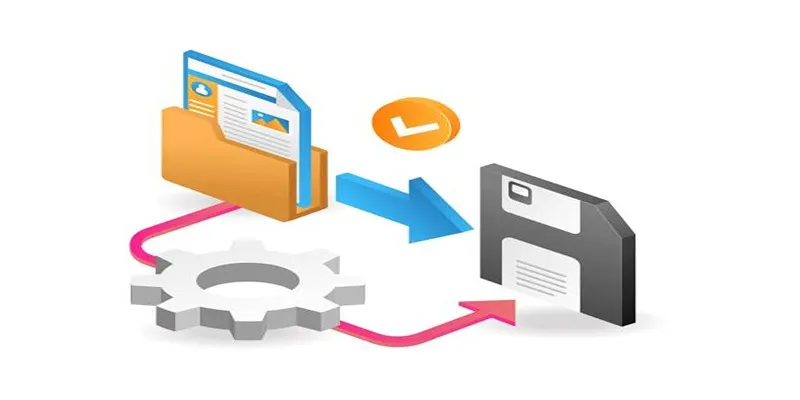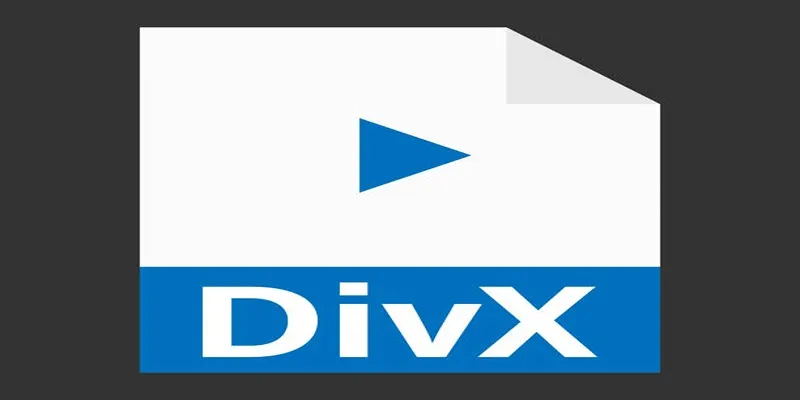Programmatic SEO: How to Increase Search Traffic with No-Code Tools
Programmatic SEO is a strategy that automates the generation of multiple web pages, enhancing website rankings. This method is particularly valuable for companies looking to expand their content. With the help of no-code tools, even non-technical users can create search-engine-optimized pages easily. These tools assist in automating tasks such as internal linking, content creation, and keyword research, allowing you to quickly produce relevant pages for various search queries.
No-code solutions remove the need for coding knowledge, making SEO accessible to everyone. Many businesses and marketers use these tools to compete with larger websites. Understanding how programmatic SEO works can help you stay competitive. A correct strategy improves user experience and search results. This guide will explore how to boost search traffic using no-code tools.

What is Programmatic SEO?
Programmatic SEO is an automated method for content production and optimization. It enables websites to create multiple pages targeting various keywords. Companies use this approach to increase organic traffic and rank for a wide range of search queries. Industries that require mass content creation, like travel websites, find this method particularly appealing, allowing them to generate city-specific pages. E-commerce sites can create product pages tailored by price, color, and brand.
Real estate websites and job portals also utilize this approach to efficiently list numerous options and properties. Automation reduces manual labor and ensures consistency. Companies use databases and structured templates instead of writing every page manually. These tools gather relevant information to create optimized pages, saving time, increasing accuracy, and enabling websites to target more search terms.

Benefits of Programmatic SEO
Here are the key benefits of programmatic SEO, which help businesses scale content, improve rankings, and attract more organic traffic efficiently:
- Increased Search Visibility: Programmatic SEO generates multiple pages, helping websites rank for more keywords. Each page targets specific search terms, increasing the likelihood of appearing in search results. The more pages optimized for relevant keywords, the greater the chance to drive organic traffic.
- Saves Time and Effort: Traditional SEO involves manual content development, keyword research, and optimization, which can be time-consuming. Programmatic SEO reduces effort by automating these tasks. No-code tools streamline the process, making it accessible to those without technical knowledge.
- Improves User Experience: Programmatic pages enhance website navigation. Users can quickly access relevant content, resulting in better engagement. Visitors find the information they need more readily, spending more time on the site, which increases retention rates and reduces bounce rates, further improving SEO results.
- Cost-Effective Solution: Hiring developers and SEO experts can be costly, especially for small businesses. Programmatic SEO combined with no-code solutions offers an affordable alternative. Businesses can scale their content without expensive technological resources, making SEO expansion more financially feasible.
How to Use No-Code Tools for Programmatic SEO?
Explore these effective ways to use no-code tools for programmatic SEO, helping you automate and optimize search rankings efficiently:
1. Research Keywords and Topics: Use keyword research tools to identify relevant search queries. Look for long-tail keywords with low competition. Store these terms in tools like Google Sheets or Airtable.
2. Create a Content Template: Develop a hierarchical template for your pages. Include headings, meta descriptions, and internal links. No-code site builders like Webflow simplify this process.
3. Automate Content Generation: Use AI techniques or content automation systems to generate content. Tools like Zapier can connect your database with publishing platforms, streamlining the process and reducing manual work.
4. Optimize for SEO: Ensure every page uses appropriate alt text, meta descriptions, and title tags. Review URL structures and add internal links. No-code tools enable automated optimizations.
5. Monitor and Improve Performance: Use analytics tools to track traffic and rankings. Identify underperforming pages and improve them with better content. Continuous improvements help maintain search results.
Best No-Code Tools for Programmatic SEO
Here are the top no-code tools available to effectively automate search ranking improvement, content production, and SEO tasks:
- Airtable: Airtable is a powerful tool for data organization and structured content creation. While it functions like a spreadsheet, it includes advanced automation features. Airtable allows companies to store page content, meta descriptions, and keywords in one place. Its database-style approach facilitates handling large volumes of SEO data.
- Webflow: Webflow is a no-code website builder designed for creating and publishing websites without coding knowledge. It offers built-in SEO tools, including meta tags, alt text, and URL customization, making it ideal for programmatic SEO. Companies can design templates that automatically generate multiple pages based on structured data.
- Zapier: Zapier is designed for process automation, connecting various applications without using code. It is essential for automating repetitive tasks in programmatic SEO. Users can integrate content management systems, databases, and SEO tools to streamline their processes. Zapier allows businesses to automate data updates, content publishing, and keyword research.
- Google Sheets: Google Sheets is a simple yet powerful tool for managing SEO data. It enables companies to centralize and organize content templates, URLs, and keywords. Google Sheets is perfect for programmatic SEO, easy to use, and integrates with automation tools like Zapier.
- Notion: Notion is a versatile tool for database management and content planning. It helps companies track keywords, plan SEO campaigns, and collaborate on content projects. Notion allows teams to organize workflows, build structured databases, and store content ideas. It is also useful for programmatic SEO in tracking page templates, metadata, and content schedules.
Conclusion
Programmatic SEO enables companies to efficiently scale content and improve rankings. Tools like Notion, Webflow, Zapier, Google Sheets, and Airtable streamline content automation, internal linking, and keyword optimization. These tools improve user experience, save time, and reduce manual labor. Without requiring technical expertise, small businesses can benefit from cost- effective SEO strategies. By leveraging automation, companies can swiftly create multiple optimized pages, enhancing search visibility. Targeting diverse search queries helps businesses compete with larger websites through programmatic SEO.
Related Articles

The 12 Best Digital Marketing Tools in 2025 to Amplify Your Strategy

Top Keyword Research Tools

How CoverDoc Uses AI to Revolutionize Cover Letter Writing for Job Seekers

How to Easily Print Contracts with ezeep Blue: A Complete Guide

5 Proven Ways to Automate WordPress and Streamline Your Website Management

How to Use Tags and Labels to Organize Your Files: A Step-by-Step Guide

The 6 Best AI App Builders in 2025 for Fast, No-Code Development

The 10 Best Campaign Management Software Tools in 2025 for Effortless Marketing Success

Maximize Your Customer Understanding with User Personas: A Powerful Tool

Top 3 Video Meme Makers to Unleash Your Creativity Today

Top 4 Vertical Video Editors to Edit Vertical Videos Quickly

How to Easily Edit and Trim Videos on Your Android Devices
Popular Articles

Affordable eCommerce Software: Top 6 Solutions for Your Online Store

Top 6 Media Converter Ultimate Tools for Quick File Conversion

How to Create an Amazing AMV Using Windows Movie Maker

How to Restore the Missing Link Title Field in WordPress 4.2 Easily

No Account? No Problem! 10 Sites to Watch Free Movies Instantly

Best Tools to Convert MP4 to DivX with High Quality

6 Best Tools to Create Stunning Animated Videos with Ease

Choosing the Right Tool: The 6 Best Predictive Analytics Software Options

Which Are The 5 Best Pomodoro Timer Apps to Boost Your Productivity in 2025

Simple Ways to Turn HD Video into MP4 for Kindle Fire on Mac

The Best Methods to Convert Videos to MP4, MP3, and Other Formats

 mww2
mww2